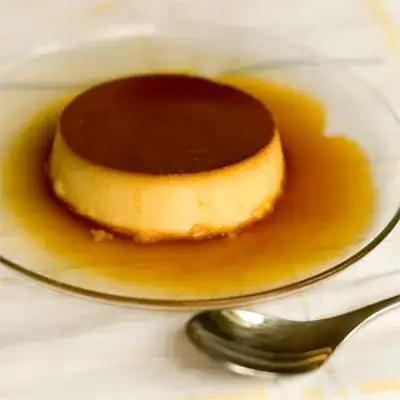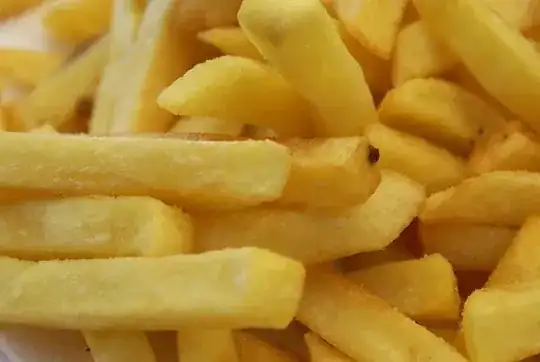A small amount of sugar is used to even out the appearance - to ensure an even quantity of reducing sugar is available for Maillard's reaction to proceed equally everywhere (see Wikipedia link for more info). However, the amount does not affect significantly the taste or nutritional values of the fires.
[Washing the potatoes with slightly sugary water] It’s not done for flavouring and it doesn’t mean you’re eating additional sugar. In fact, total sugar represents approximately .007% per pound of potato, so it’s an extremely small part of the finished product.
—McDonald's Australia
Regarding the common claim that the fries are sweet because of this, there is, in fact, evidence of the contrary.
Sugar, when exposed to high temperatures such as that of the oil blend that McDonald's uses when frying, caramelises.

The dark brown colour at the top of a creme-caramel is due to caramelisation of sugar
Fast food fries are most definitely not caramelised. The browning of the chips is through Maillard's reaction and not caramelisation.

The light brown colour of French fries is due to Maillard's reaction.
Fries are sweet because the starch is first gelatinised during cooking and then broken down into glucose thanks to the amylase enzyme present in our mouth.
Facts and references
- Oil used by McDonald's to fry: Canola oil
- Canola oil smoking point: 230˚C
- Common fry temperature for chips: 200˚C
- Caramelisation temperature for sugar: 160˚C
- Maillard's reaction temperature: 154˚C
- Temperature at which starch gelatinises: 55–85˚C
- Saliva contains: amylase

